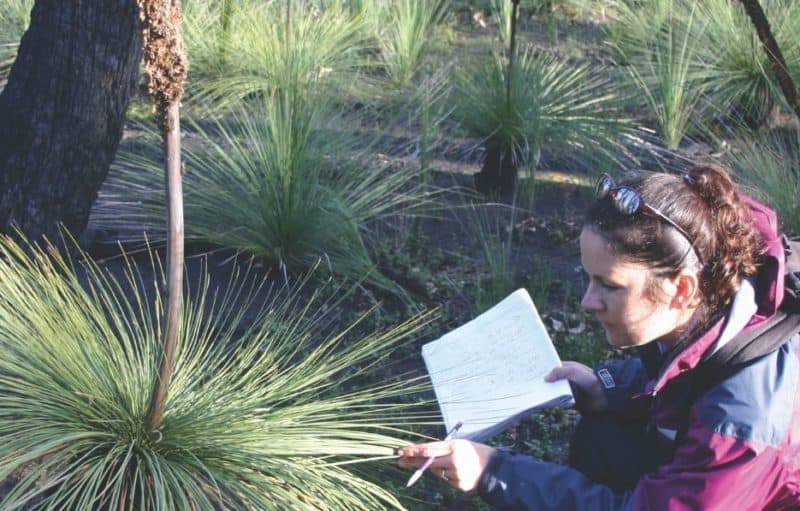PARK WATCH December 2020 |
ReefWatch Coordinator Kade Mills introduces our newest marine citizen science project.
I am not what you would call a ‘bird person’. Sure, they are beautiful, and the ability to fly is truly amazing and enviable. But the ability to breathe underwater has always had more appeal to me. Immersing myself in water and watching its inhabitants is the closest I will get to exploring another world. If only I did not have to resurface when my tank ran out of air, I could enjoy it all the more.
While the sensation of gliding gracefully underwater is a joy, it is the incredible diversity of marine life and the complex interactions between its inhabitants that keeps me diving back in. However, unlike a birdwatcher, who would often record species they have sighted and may even have a list of birds they are on the lookout for, I could not tell you how many species of fish I have seen after thousands of hours underwater.
That is until I started adding images of some of the diverse marine life I have encountered to the iNaturalist website as part of ReefWatch’s new project, Marine Life of Victoria. Once I found a quick and easy way to upload images and add observations, I was hooked. Not only were my images sorted by location and species for future reference, I was also receiving feedback and help with identification of my sightings from experts in museums and institutions around Australia and the world.
At the time of writing, I have added over 200 observations of 99 species. It is estimated that 91 per cent of species in the ocean are yet to be named – just over 300,000 have been so far, leaving three million or more still waiting. And, given that our marine waters are a global biodiversity hotspot with 30–70 per cent of what is found in the Southern Ocean not occurring anywhere else in the world, and tens of thousands of marine species yet to be discovered, I have a long way to go!
I would like to invite you to join me and many others on our Marine Life of Victoria iNaturalist page. Together we can start a journey of discovery using your underwater images to enhance our knowledge of Victoria’s unique marine life.
Turn your images into a legacy
Images uploaded to iNaturalist have been responsible for the discovery of new species and documenting numerous species moving beyond their usual range, and have been used in hundreds of scientific papers.
Every image added to the Marine Life of Victoria project provides data that researchers throughout the world can use. Information gained from your images could influence decision making, as data contributed to this project is also added to the state government’s biodiversity database, the Victorian Biodiversity Atlas (VBA). The VBA is a biodiversity tool used by the Department of Environment, Land, Water and Planning for everyday decision making – it shows where wildlife is now and how this has changed over time. The VBA is a core input to the majority of the Victorian Government’s processes and programs that impact native species.
Participating in this project will expand your understanding and identification of marine life. Because, unless you are like me and you have dozens of field guides and taxonomic literature littering your house, it can be extremely difficult to work out what the weird blob that washed up on the beach is. All you need to do now is upload your image to iNaturalist and wait for the community of experts and enthusiasts to come to your aid. Best of all, once you get confident in the identification of some species, you can return the favour and start helping other users.
Getting started
You don’t have to be a diver to join – some of the most amazing finds are things found washed up on the beach or hiding in rockpools. To get started, simply start taking some photos and follow the easy steps in our Marine Life of Victoria ‘how to’ guide or short videos.
Did you like reading this article? Want to be kept up to date about this and other nature issues in Victoria? Subscribe to our email updates.
You can also receive our print magazine Park Watch four times a year by becoming a member. Find out more here.
